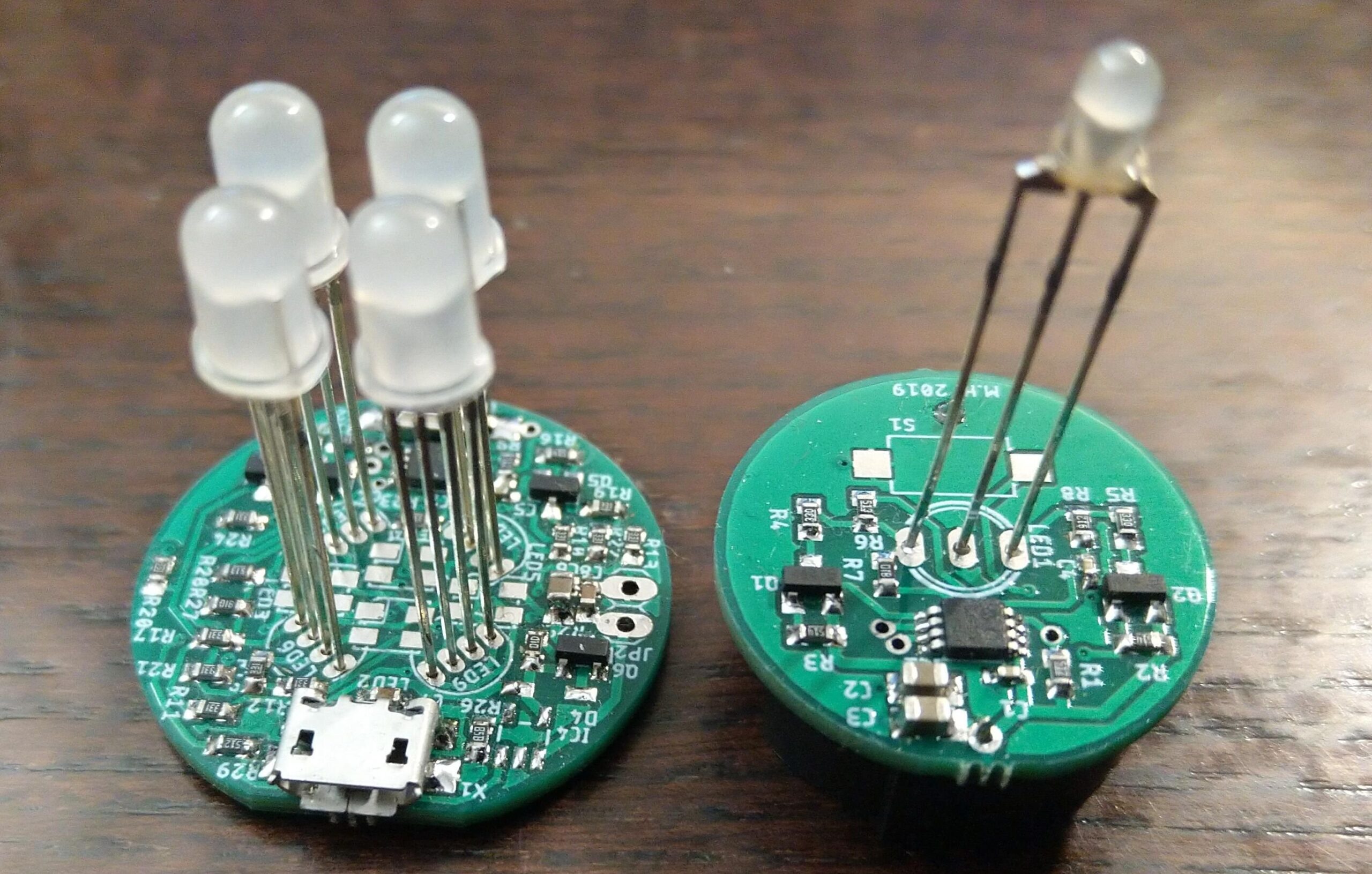Miroslav Hancar has introduced an innovative project for the 2025 Component Abuse Challenge, focusing on a unique application of LED technology. Rather than simply experimenting with a single component, Hancar has created a system of heat-activated LED candles, utilizing temperature changes to trigger their operation. The project exemplifies a creative approach to integrating electronics with practical applications.
Hancar’s project operates by using the forward voltage of diodes, which is affected by temperature. The microcontroller monitors this voltage, allowing it to infer the ambient temperature and activate the LEDs accordingly. This system is notable for being two distinct projects unified by the theme of heat activation.
Two Versions of Heat-Activated Candles
The first version features four LEDs that flicker in response to heat, mimicking the behavior of a traditional candle flame. This design aims to create a warm, inviting atmosphere while showcasing the technology’s capabilities. In contrast, the second version is simpler, incorporating just one LED that can be extinguished by pinching its top with fingers. This interactive element adds a tactile dimension to the experience.
Hancar has provided a detailed demonstration of both versions through videos, allowing viewers to see the projects in action. Additionally, participants can access the project’s schematics, Gerber files, and software through downloadable resources, making it easier for others to replicate or build upon his work. The use of the PIC12F1501 microcontroller, particularly its onboard Analog-to-Digital Converter (ADC), plays a crucial role in the project’s functionality.
Looking Ahead to the Challenge Deadline
As the deadline for the Component Abuse Challenge approaches on November 11, 2025, Hancar’s project stands out as a testament to ingenuity in electronics. This initiative not only highlights Hancar’s technical skills but also encourages others in the community to explore innovative uses for common components.
The competition offers a platform for creators to showcase their talents and push the boundaries of what is possible with electronic components. Hancar’s project exemplifies the spirit of this challenge, combining creativity with technical proficiency.
As participants prepare their submissions, the excitement around the event continues to grow. Hancar’s innovative approach to using heat-activated LED candles may inspire others to think outside the box in their own projects.







